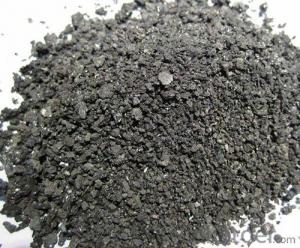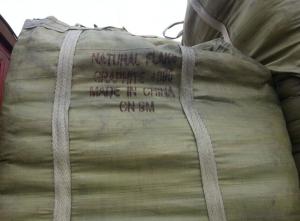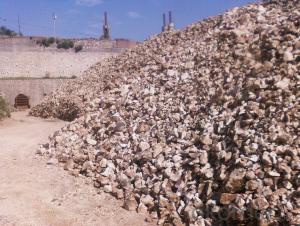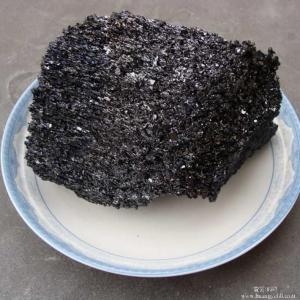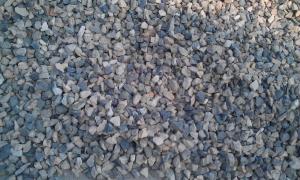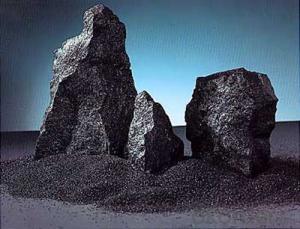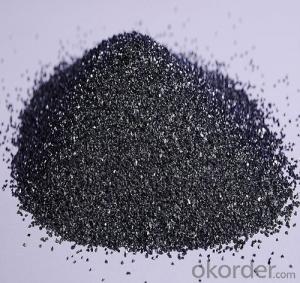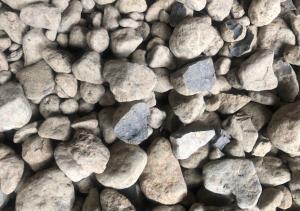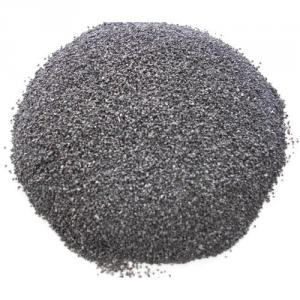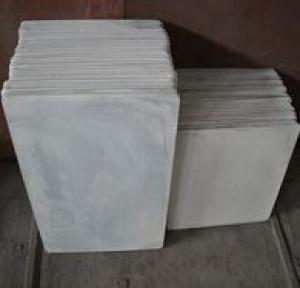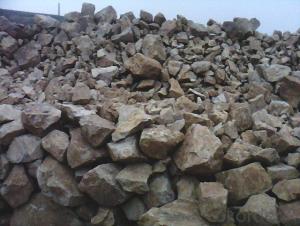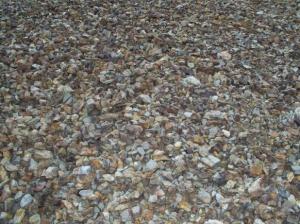All Categories
- - Steel Wire Rod
- - Steel Coils
- - Steel Profiles
- - Steel Pipes
- - Stainless Steel
- - Tinplate
- - Special Steel
- - Steel Sheets
- - Steel Rebars
- - Steel Strips
- - Hot Rolled Steel
- - Cold Rolled Steel
- - Pre-painted Steel
- - Seamless Steel Pipe
- - Welded Steel Pipe
- - Hollow Steel Tubes
- - Galvanized Pipe
- - Stainless Steel Coil
- - Stainless Steel Sheet
- - Stainless Steel Plate
- - Stainless Steel Strips
- - Electrolytic Tinplate Coil
- - Electrolytic Tinplate Sheet
- - Stainless Steel Rebars
- - Solar Panels
- - Solar Water Heater
- - Solar Related Products
- - Solar Inverter
- - Solar Cells
- - Solar Light
- - Solar Energy Systems
- - Solar Controllers
- - Solar Mounting System
- - Solar Pump
- - Solar Chargers
- - Fiberglass Chopped Strand
- - Fiberglass Mesh Cloth
- - Composite Pipes
- - FRP Pultrusion Profiles
- - Fiberglass Mat Tissue
- - Fiberglass Fabrics
- - Fiberglass Mesh
- - Composite Tank
- - Fiberglass Mesh tape
- - Polymer
- - FRP Roofing Panel
- - Fiberglass Roving
- - Monolithic Refractories
- - Ceramic Fiber Products
- - Refractory Bricks
- - Raw Materials For Refractory
- - Suspended Platform
- - Cranes
- - Concrete Machinery
- - Earthmoving Machinery
- - Building Hoist
- - Road Building Machinery
- - Plastic Pipe Fittings
- - Plastic Tubes
- - Plastic Sheets
- - Agricultural Plastic Products
- - Plastic Nets
Q & A
What are the differences between alumina-magnesia spinel and alumina-magnesia-chrome bricks?
Alumina-magnesia spinel bricks and alumina-magnesia-chrome bricks differ primarily in their composition and performance characteristics.
Alumina-magnesia spinel bricks are composed of a mixture of magnesia and alumina, with spinel (MgAl2O4) as the main phase. These bricks offer excellent thermal shock resistance, high refractoriness, and good corrosion resistance, making them suitable for various applications in the steel, cement, and glass industries. They are particularly known for their ability to withstand rapid temperature changes without cracking.
On the other hand, alumina-magnesia-chrome bricks contain additional chrome oxide (Cr2O3) along with magnesia and alumina. The addition of chrome oxide enhances their resistance to corrosion from aggressive materials, such as alkalis and acidic slags. These bricks are commonly used in high-temperature environments, such as in the construction of steel ladles, furnaces, and rotary cement kilns.
In summary, alumina-magnesia spinel bricks excel in thermal shock resistance, while alumina-magnesia-chrome bricks exhibit superior corrosion resistance due to the addition of chrome oxide. The choice between the two depends on the specific application and the type of chemical and thermal stresses the bricks are expected to endure.
What are the advantages of using fused zirconia as a raw material in refractory production?
Fused zirconia offers several advantages as a raw material in refractory production. Firstly, it has a high melting point, ensuring excellent thermal stability and resistance to heat. This makes it an ideal choice for applications that involve extreme temperatures. Secondly, fused zirconia has exceptional chemical resistance, allowing it to withstand harsh chemical environments without degradation. Additionally, it possesses low thermal conductivity, which helps to reduce heat transfer and enhance energy efficiency. Lastly, fused zirconia exhibits excellent mechanical strength and wear resistance, making it durable and long-lasting in refractory applications.
What are the raw materials used in the production of refractory fibers?
The raw materials used in the production of refractory fibers typically include alumina, silica, zirconia, and various other minerals and oxides.
How do different types of wollastonite compare in terms of performance in refractory applications?
Different types of wollastonite can differ in terms of performance in refractory applications. Factors such as particle size, purity, and chemical composition can impact their behavior. For example, finer particle sizes tend to improve the flowability and packing ability of refractory mixes, leading to better densification and improved mechanical properties. High-purity wollastonite can enhance the thermal stability and resistance to chemical corrosion. Additionally, variations in the calcium-to-silicon ratio and impurity content can influence the melting point and thermal expansion of the refractory material. Therefore, it is crucial to choose the appropriate type of wollastonite based on specific refractory application requirements.
Wholesale Raw Materials For Refractory from supplier in Colombia
Whether you are looking for reliable suppliers for Raw Materials For Refractory products or seeking to explore the wonders of Colombia, we are here to assist you. Our dedicated team is committed to providing top-notch services and ensuring your satisfaction. Contact us today to discuss your needs and let us be your trusted partner in Colombia.
Hot Search
- Monolithic Refractories in Niue
- Ceramic Fiber Products in Germany
- Refractory Bricks in Guyana
- Raw Materials For Refractory in Ecuador
- Refractory Bricks in Greece
- Refractory Bricks in Netherlands
- Monolithic Refractories in Vietnam
- Refractory Bricks in Kazakhstan
- Monolithic Refractories in Thailand
- Monolithic Refractories in Grenada
